Travel Reference
In-Depth Information
nies such as IBM would be Argentine, although he was subject to the
frequent visits of executive consultants from company headquarters
abroad.
American investments in Argentina grew appreciably. By 1969, U.S.
capitalists contributed nearly $790 million to industrial ventures, up
from $230 million at the time of Perón's fall. American companies
controlled nearly half of all foreign capital coming into the country. In
1972, U.S. investments totaled $1.8 billion.
The automobile industry expanded in Argentina during this time,
but it was 23 foreign car companies rather than domestic car manufac-
turers (with the exception of S.I.A.M.) that set up new assembly lines.
(Nine of the 23 went out of business in the next 10 years, and S.I.A.M.
sold its auto plant in 1964.) In an effort to develop the interior prov-
inces, government policy chose Córdoba as the site of the new auto-
mobile plants. Fiat and Kaiser (later acquired by Renault) established
factories in the province. In the 1960s, several other U.S. and European
car companies set up assembly plants in Buenos Aires. Ford, Chrysler,
General Motors, Citroën, and Mercedes-Benz all contributed to putting
Argentines on the road to urban traffic jams and air pollution. (Some
wags began calling the capital “Malos Aires”[Bad Airs].)
Petroleum was the one exception to the success story of foreign
investment in Argentina. Politicians had been wary of the multinational
oil companies since the days of General Mosconi. The state-owned
YPF expanded with government support, but the rapid growth of the
numbers of trucks, buses, and cars in the country taxed the capacity
of YPF to keep up with the demand for gasoline. Argentine petroleum
production fell below demand and acted as a drag on the economy.
To stimulate economic recovery, Perón in 1955 and Frondizi again in
1958 proposed to bring in Standard Oil under contract with YPF to
develop new oil fields in Patagonia. Many nationalists in the country
were struck dumb by the news. Had not both Perón and Frondizi been
critical of the foreign interests?
The economy exhibited stop-and-go patterns. It was unable to sus-
tain growth for more than two or three years at a time, as investors
tended to follow the shifting political winds that determined oppor-
tunities. In one year, the gross domestic product would expand by as
much as 4 or 5 percent, and the very next year the economy would
contract. Economic downturns and regime changes were synonymous,
and it became difficult for analysts to measure whether governments
fell because of economic failure or the economy fell because of the gov-
ernment's failure. But this was the sort of perverse scenario Argentine



